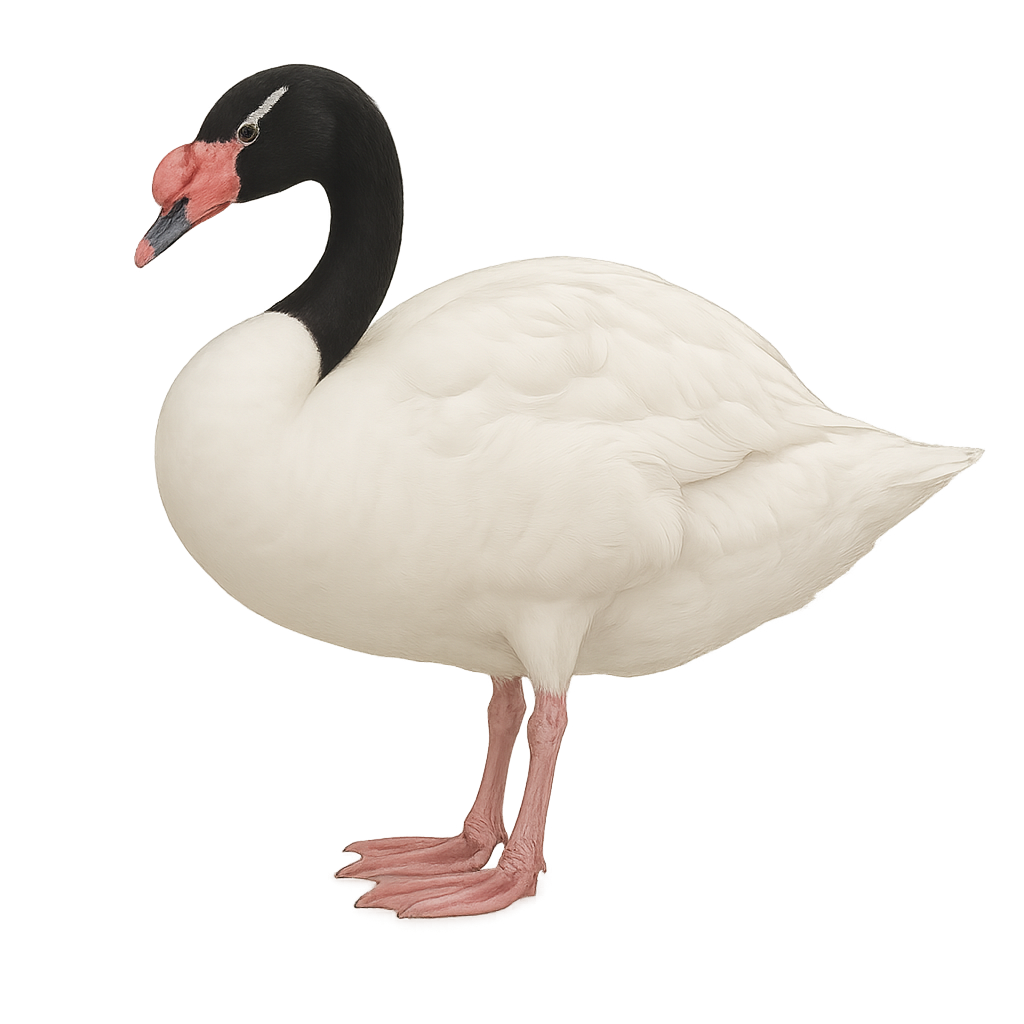Your wildlife photography guide.
Explore the black-necked swan in detail, study its behavior, prepare your shots.
Where to observe and photograph the black-necked swan in the wild
Learn where and when to spot the black-necked swan in the wild, how to identify the species based on distinctive features, and what natural environments it inhabits. The WildlifePhotographer app offers tailored photography tips that reflect the black-necked swan’s behavior, helping you capture better wildlife images. Explore the full species profile for key information including description, habitat, active periods, and approach techniques.
Black-necked Swan
Scientific name: Cygnus melancoryphus

IUCN Status: Least Concern
Family: ANATIDAE
Group: Birds
Sensitivity to human approach: Suspicious
Minimum approach distance: 10 m
Courtship display: July to October
Incubation: 34-36 jours
Hatchings: August to November
Habitat:
Lakes, lagoons, marshes
Activity period :
Primarily active during the day, with peak activity in the morning and late afternoon.
Identification and description:
The Black-necked Swan, Cygnus melancoryphus, is a graceful waterbird native to South America. It is easily recognized by its pure white plumage contrasted with a black neck and a striking red knob at the base of its bill. Preferring freshwater lakes, lagoons, and marshes, it primarily feeds on aquatic plants. Known for its elegance, it swims gracefully and often forms monogamous pairs that share parental duties. While generally tolerant of humans, it can become wary if threatened. Its population is stable, but it remains vulnerable to environmental changes.
Recommended lens:
400mm – adjust based on distance, desired framing (portrait or habitat), and approach conditions.
Photography tips:
To photograph the Black-necked Swan, aim for early morning or late afternoon to take advantage of soft lighting. Use a telephoto lens of at least 400mm to capture details without disturbing the bird. Look for angles that highlight the contrast between the black neck and white body. Be patient and wait for the swan to adopt a graceful pose or interact with its environment. Avoid sudden movements to prevent scaring it away.
The WildlifePhotographer App is coming soon!
Be the first to explore the best nature spots, track rutting seasons, log your observations, and observe more wildlife.
Already 1 439 wildlife lovers subscribed worldwide

